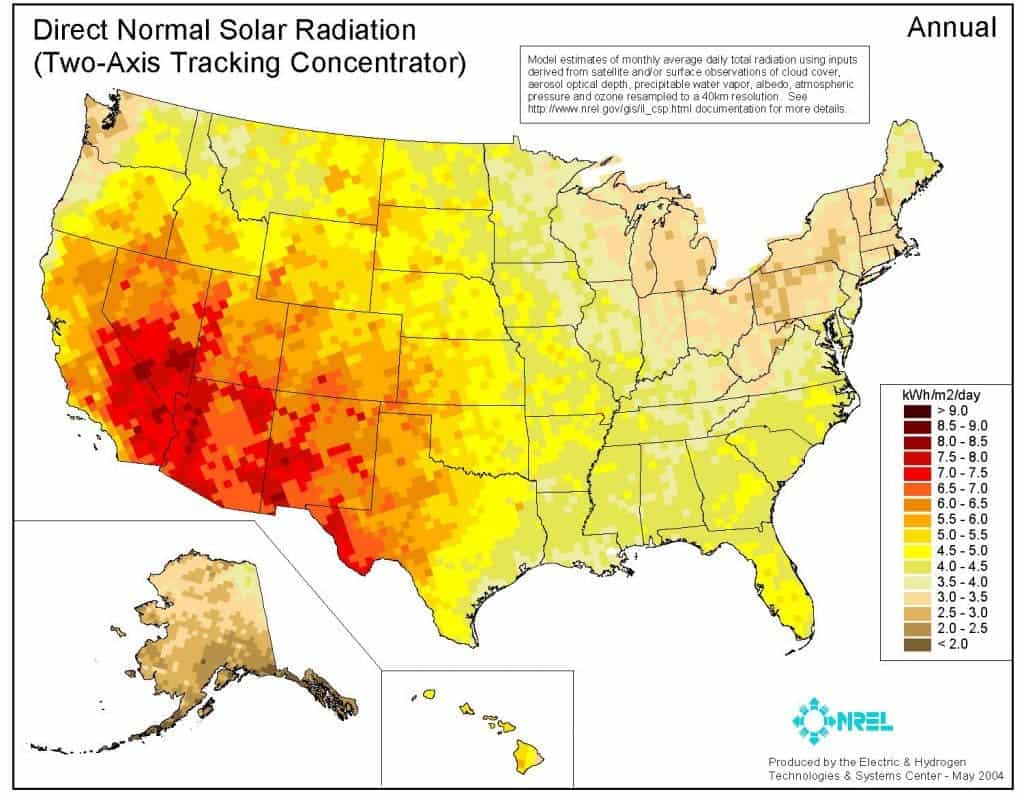Rooftop solar is now cheaper than grid electricity for 30 million people living in 6 cities, a new report writes – even without government subsidies. This includes the cost of installing the solar panels. In other words, the future is here – solar energy is cheaper than the alternative.

Grid parity (or socket parity) occurs when an alternative energy source can generate power at the same price (or lower) than purchasing power from the electricity grid. As renewable energy (solar included) becomes cheaper and cheaper, a parity will be reached in many parts of the world (be it for solar or other types of energy) – but this is generally regarded as something that will happen “in the future”. Well, this is the future. If you live in one of these 6 cities:
- Boston,
- San Francisco,
- San Diego,
- San Jose,
- Los Angeles,
- Riverside,
then solar parity has already been reached, according to a new review by the Institute for Local Self-Reliance (ILSR). The report also shows that many other cities could fit in the same profile if government fossil subsidies were neglected.
“In our original analysis looking for parity between solar and grid electricity prices on residential property in 2015, residents were expected to save money by going solar in only 2 of the largest 42 U.S. metro areas, New York and San Diego.* According to a recently released report by the North Carolina Clean Energy Technology Center, however, grid parity was coming much quicker. A review shows that their study included all applicable federal, state, and local incentives (instead of our no-subsidy analysis), but it gave us a reason to revisit our 2012 analysis.
As it turns out, solar parity––without incentives––has been accelerating.”
What’s spectacular to me is that solar energy was cheaper even without government subsidies, which means that it is fully competitive with conventional energy. When you also factor in the government subsidies (which may or may not last in the long term), and other solar energy facts, there are 42 cities that have reached solar parity.
But it will get even better, the same report claims:
“Early results suggest that nearly 150 million Americans––33% more than a simple parity analysis reveals––will live in a city where a solar investment––without subsidies––pays back over 25 years by 2021.”
Nevertheless, you should should check our pros and cons of solar checklist before you decide to purchase. Here are some more takeaways from the same report:
- The installed cost of solar for this analysis is $3.50 per Watt in 2015, estimated to decrease 7% per year
- The price of electricity is expected to increase by 2% per year
- Electricity prices for each metro area were taken from the Bureau of Labor Statistics or Energy Information Administration
- Solar insolation data comes from the National Renewable Energy Laboratory’s PVWatts system
So what does this mean? It’s not just that solar energy is getting cheaper and cheaper – it’s getting cheaper and cheaper faster. In other words, it’s reasonable to expect more and more cities where solar energy will become cheaper than the alternative, and if their results are correct, then over 40% of all Americans will be in this situation in just 6 years. That’s huge!
Of course, this depends on several factors and some areas are naturally more suitable for solar energy than others, but there are reasons to be optimistic about the future.
Was this helpful?



